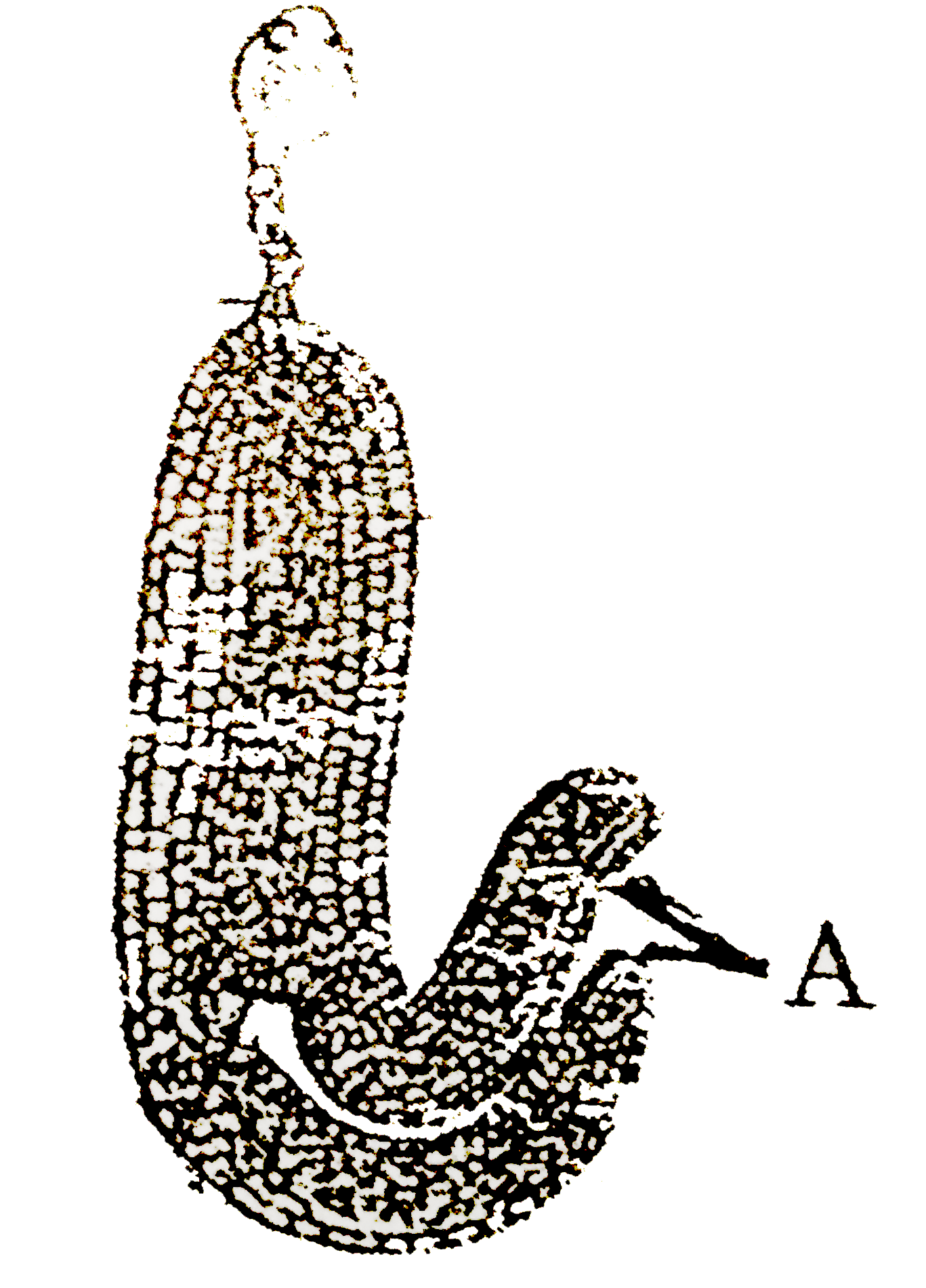Early development of embryo in dicots and monocots is similar upto:
Diad stage
Quadrat stage
Globular stage
Octant stage
The correct Answer is:C
To solve the question regarding the early development of embryos in dicots and monocots, we will analyze the stages of embryonic development and identify where they are similar.
1. Understanding the Seed Structure:
- A seed consists of two main parts: the embryo and the cotyledons. The embryo develops into the young plant, while the cotyledons store food for the embryo.
Hint: Remember that the embryo is crucial for plant development, and cotyledons provide necessary nutrients.
2. Types of Plants:
- Plants are categorized into two types based on the number of cotyledons:
- Monocots: One cotyledon (e.g., grasses).
- Dicots: Two cotyledons (e.g., beans).
Hint: Focus on the definition of monocots and dicots to understand their differences.
3. Formation of the Zygote:
- The embryo begins as a zygote, formed by the fusion of male gametes (pollen) and female gametes (egg cell).
Hint: The zygote is the starting point for embryo development.
4. Embryo Development Stages:
- The zygote undergoes several rounds of mitosis to develop into an embryo. The stages include:
- Two-cell stage (diode stage)
- Four-cell stage
- Eight-cell stage (octant stage)
Hint: Track the progression of cell division from the zygote to identify the stages.
5. Identifying Similarity in Development:
- Both dicots and monocots exhibit similar development patterns up to the octant stage (eight-cell stage). After this stage, their development diverges.
Hint: Focus on the octant stage as the last point of similarity in embryonic development.
6. Conclusion:
- The early development of embryos in dicots and monocots is similar up to the octant stage.
Final Answer: The correct option is octant stage.
- A seed consists of two main parts: the embryo and the cotyledons. The embryo develops into the young plant, while the cotyledons store food for the embryo.
- Plants are categorized into two types based on the number of cotyledons:
- Monocots: One cotyledon (e.g., grasses).
- Dicots: Two cotyledons (e.g., beans).
- The embryo begins as a zygote, formed by the fusion of male gametes (pollen) and female gametes (egg cell).
- The zygote undergoes several rounds of mitosis to develop into an embryo. The stages include:
- Two-cell stage (diode stage)
- Four-cell stage
- Eight-cell stage (octant stage)
- Both dicots and monocots exhibit similar development patterns up to the octant stage (eight-cell stage). After this stage, their development diverges.
- The early development of embryos in dicots and monocots is similar up to the octant stage.
Similar Questions
Knowledge Check
- Question 1 - Select One
Assertion : During embryo development in dicots, suspensor serves as the main nutritive tissue for the embryo.
Reason : The last cell of the suspensor at the end adjacent to the embryo is known as haustorium.AIf both assertion and reason are true and reason is the correct explanation of assertionBIf both assertion and reason are true but reason is not the correct explanation of assertionCIf assertion is true but reason is falseDIf both assertion and reason are false
Diplospory is development of embryo from
View SolutionThe sequence of development of embryo sac is
View SolutionThe sequence of development of embryo sac is :
View SolutionA common character of monocot and dicot roots is
View SolutionIdentify 'A' in the figure showing a stage of embryo development in a dicot plant and mention its function.
 View Solution
View SolutionIn dicot embryo hypophysis is
View SolutionThe correct difference between the embryonic development of monocot and dicot plants is
View Solution

